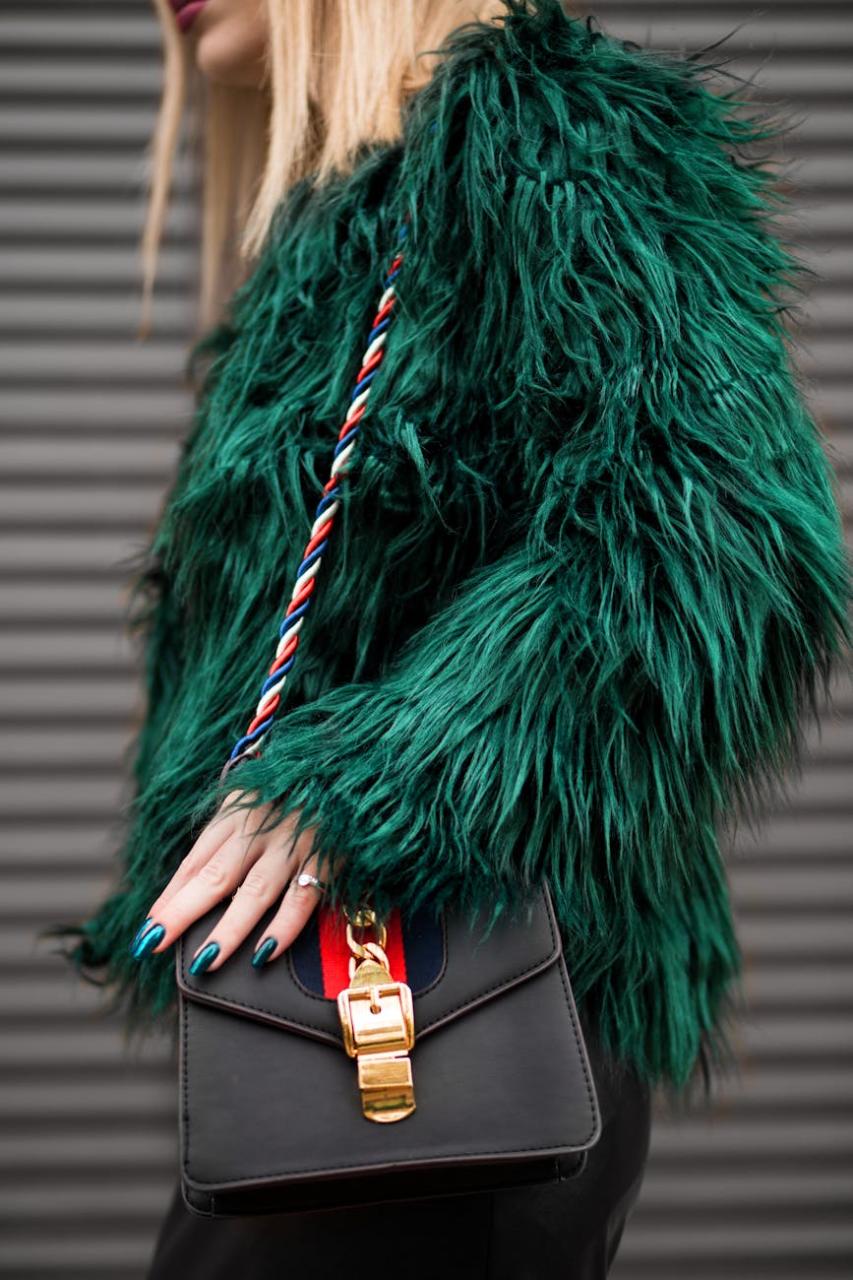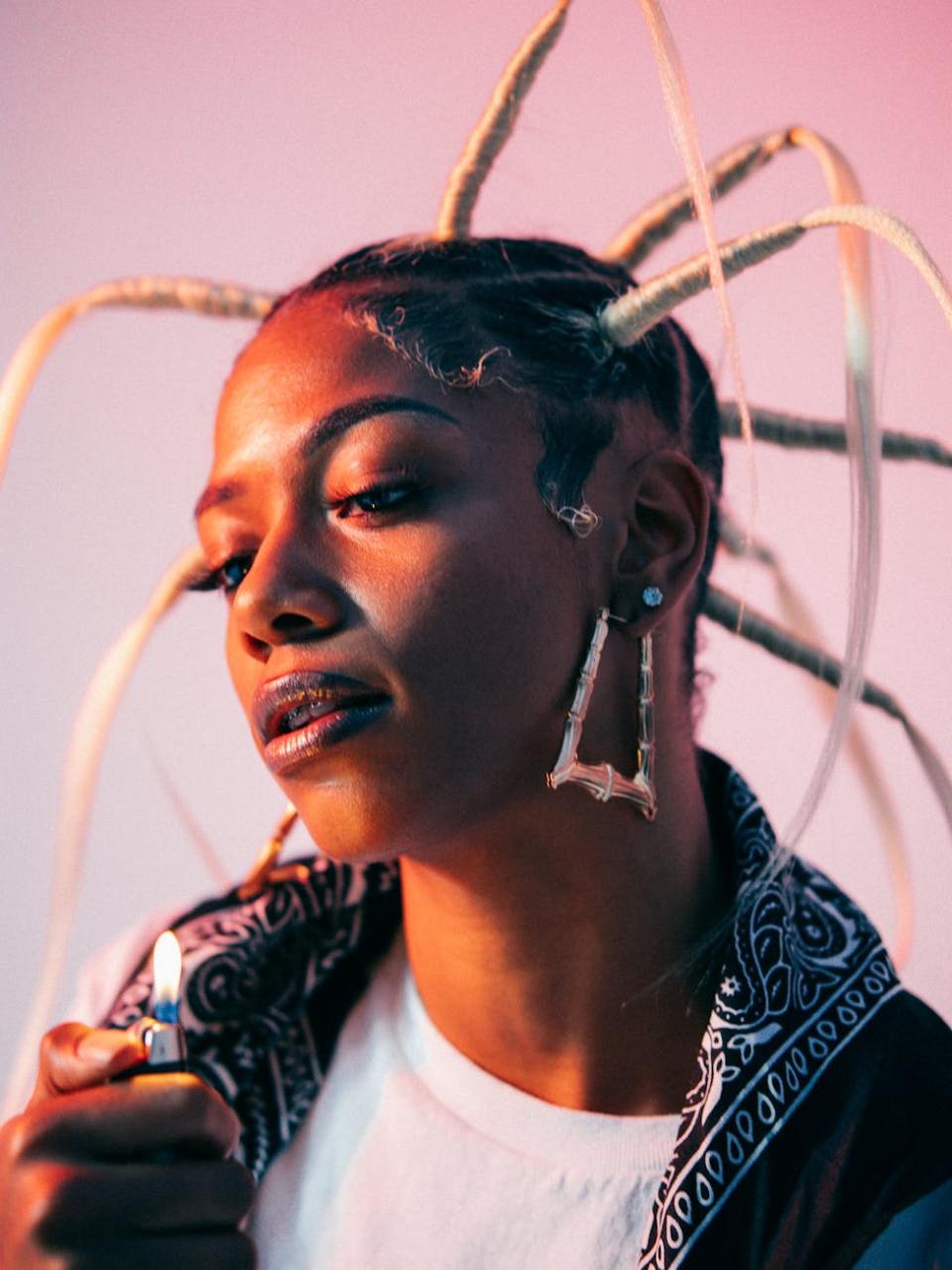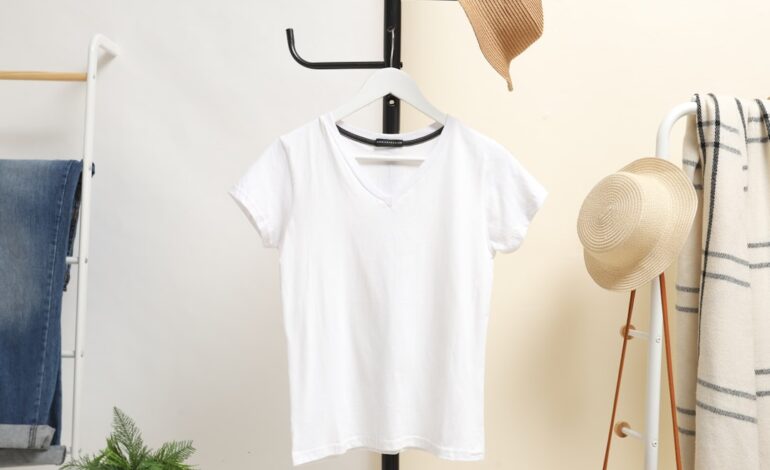The new luxury: how streetwear officially conquered high fashion

From the sidewalk to the catwalk: a fashion revolution is here
Take a look around. On the bustling streets of any major city, in the front row of fashion week, or splashed across your Instagram feed, a seismic shift in style is undeniable. The once-rigid walls separating high-end luxury from everyday streetwear have not just crumbled; they’ve been artfully demolished to build something entirely new. We’re living in the era of the fashion hybrid, where a 1,000-dollar hoodie isn’t an anomaly, it’s a staple, and sneakers are the new stilettos. This is the story of how streetwear met luxury, fell in love, and changed the way we dress forever.

What once started as a counter-culture movement rooted in skate, surf, and hip-hop has ascended to the highest echelons of the fashion industry. It’s a world where a rare pair of Nike Jordans can command a higher price at auction than a classic handbag, and where creative directors of historic Parisian maisons come from the world of DJing and graphic tees. This fusion is more than a fleeting trend; it’s a reflection of a cultural evolution, a redefinition of what we consider valuable, and a new language of personal style. In this deep dive, we’ll explore the origins of this movement, the key players blurring the lines, the essential pieces for your wardrobe, and why this comfortable, cool hybrid is here to stay.
The evolution: how did we get here?
This seemingly modern phenomenon has roots that run deep. To understand the present, we have to look back at the pioneers who first dared to mix high and low. In the 1980s, Harlem’s Dapper Dan was a visionary, screen-printing the logos of Gucci and Louis Vuitton onto custom leather jackets and tracksuits for hip-hop royalty. He was crafting luxury streetwear long before the industry even had a name for it. He saw the cultural power of these logos and made them accessible to his community, a move that was first met with lawsuits and later, with official collaboration offers from the very brands he ‘bootlegged’.

Simultaneously, brands like Stüssy and, later, Supreme, were building cult followings. They weren’t just selling clothes; they were selling an identity. Their power lay in authenticity and scarcity. The concept of the ‘drop’—releasing limited-edition products at specific times—created a frenzy and turned t-shirts and hoodies into coveted collector’s items. They built a community that valued exclusivity and cultural currency over traditional markers of luxury.
The final catalyst was the explosion of the internet and social media. Suddenly, fashion was democratized. Style inspiration was no longer dictated solely by glossy magazines. It came from street style photographers, influencers, and musicians. The world could see what people were *actually* wearing, and what they were wearing was comfortable, expressive, and cool. Luxury brands took notice. They saw the immense cultural capital and dedicated fanbase that streetwear commanded and realized they needed to be part of the conversation.
The new establishment: brands blurring the lines
The modern fashion landscape is defined by the players who have masterfully navigated this new hybrid world. They fall into two main camps: legacy houses that have embraced the street, and streetwear labels that have ascended to luxury status.
Legacy houses embrace the street

The appointment of the late Virgil Abloh, founder of the cult streetwear label Off-White, as the artistic director of Louis Vuitton’s menswear in 2018 was a watershed moment. It signaled that streetwear wasn’t just influencing luxury; it was leading it. Abloh infused the historic French house with a youthful energy, reimagining trunks with vibrant chains and creating some of the most sought-after sneakers on the market.
Other houses followed suit. Under the direction of Demna Gvasalia, Balenciaga transformed into a purveyor of ironic, oversized streetwear, from the iconic Triple S ‘dad’ sneaker to logo-emblazoned hoodies that became a uniform for fashion insiders. Similarly, Alessandro Michele’s tenure at Gucci saw the brand embrace an eclectic, maximalist style where ornate tailoring sat comfortably alongside branded tracksuits and retro-inspired sneakers. The ultimate validation of this merger came in the form of monumental collaborations, like the industry-shattering Louis Vuitton x Supreme collection in 2017 or the more recent, wildly successful Dior x Air Jordan partnership.
Streetwear brands ascend to luxury
On the other side of the coin are the brands born from street culture that now command luxury prices and prestige. Virgil Abloh’s own Off-White is a prime example, known for its signature quotation marks, zip-ties, and a design philosophy that deconstructs everyday items into high-fashion concepts. Jerry Lorenzo’s Fear of God has carved out a niche with its minimalist, perfectly cut essentials. His brand combines American sportswear influences with impeccable tailoring and premium materials, creating a vision of modern, understated luxury. Labels like Aimé Leon Dore have cultivated a devoted following by creating a whole world around their brand, blending nostalgic New York aesthetics with a sophisticated, preppy edge that feels both timeless and incredibly current.
The anatomy of a hybrid wardrobe: five key pieces to own
So how do you incorporate this trend into your own closet? It’s all about investing in elevated basics and understanding the power of the high-low mix. Here are the foundational pieces of the luxury streetwear wardrobe.
1. The statement sneaker
The sneaker is the cornerstone of this entire movement. It’s the entry point for many and the ultimate collectible for connoisseurs. Whether it’s a chunky silhouette like the Balenciaga Triple S, a classic collaboration like the Dior x Air Jordan 1, or a hyped-up pair of Off-White x Nikes, the right sneaker can elevate an entire outfit. It’s a piece that says you value both comfort and cultural relevance.
2. The elevated hoodie
Forget the old, stretched-out sweatshirt you wear around the house. The luxury hoodie is a statement piece crafted from heavyweight French terry cotton, cashmere blends, or other premium fabrics. It features subtle (or not-so-subtle) logos, impeccable construction, and a carefully considered silhouette. Worn under a tailored blazer or over a silk slip dress, it’s the ultimate symbol of a relaxed, confident style.
3. The graphic tee with a message
The humble t-shirt has been transformed into a canvas for art, social commentary, and brand identity. A high-quality graphic tee from a brand like Vetements, Off-White, or even a vintage-inspired one from Gucci can act as the focal point of a look. It’s a way to inject personality and show you’re in the know without having to say a word.
4. Designer track pants and refined joggers
Athleisure is the language of modern comfort, and luxury brands have perfected it. Beautifully tailored track pants in silk, technical fabrics, or fine wool have replaced stiff trousers for many occasions. Paired with heels and a sharp jacket or kept casual with sneakers and a knit, they offer unparalleled versatility.
5. The must-have accessories
Accessories are what tie the look together. The cross-body bag—practical, stylish, and often branded—has become ubiquitous. Bucket hats, once a niche trend, are now a high-fashion staple. Add to that a mix of chunky chain necklaces, logo-emblazoned socks peeking out from your sneakers, and a pair of bold sunglasses, and you’ve mastered the art of the finishing touch.
Celebrity style files: mastering the high-low mix
Our favorite style icons have become the ultimate ambassadors for this trend. They effortlessly demonstrate how to blend these two worlds. Hailey Bieber is a master of the form, frequently pairing oversized blazers and chic handbags with baggy jeans and rare Nike Dunks. Rihanna has long been a champion, mixing couture gowns with sneakers on the red carpet and pairing Vetements hoodies with Manolo Blahniks for a casual day out.
Look to A$AP Rocky for his ability to mix Dior tailoring with skate-inspired brands, or Justin Bieber, who has made Fear of God’s relaxed silhouettes and luxury essentials his signature look. The key takeaway from these celebrities is confidence. They wear what they love, breaking old fashion rules and prioritizing personal style and comfort above all else.
More than a trend: a permanent cultural shift
It’s tempting to dismiss the fusion of streetwear and luxury as a passing phase, but its roots run too deep. This hybrid is a direct response to a fundamental shift in our lifestyles and values.
- Comfort is the new cool: The global pandemic accelerated a trend that was already in motion. We now demand that our clothes work for our real lives, which means they need to be comfortable and functional without sacrificing style.
- The breakdown of fashion’s old guard: The lines are blurring everywhere. Menswear and womenswear are becoming increasingly fluid. Formal and casual dress codes are becoming suggestions rather than rules. This hybrid style is perfectly suited to a world without rigid categories.
- A hunger for authenticity: At its core, streetwear is about community and storytelling. It represents real culture from the ground up. By embracing it, luxury brands are tapping into a desire for authenticity and connection that a traditional, top-down fashion system often lacks.
Conclusion: the future is a hybrid
The merging of streetwear and luxury is not the end of high fashion, but rather its next, most exciting evolution. It has permanently changed the industry’s pace, priorities, and power structures. We can expect to see this integration become even more seamless. The future will likely involve a greater focus on sustainability within this space, collaborations that push technological boundaries, and a continued celebration of the individual. This isn’t just about wearing a hoodie with a blazer. It’s about a new kind of freedom—the freedom to be comfortable, to be expressive, and to define what luxury means for yourself.




